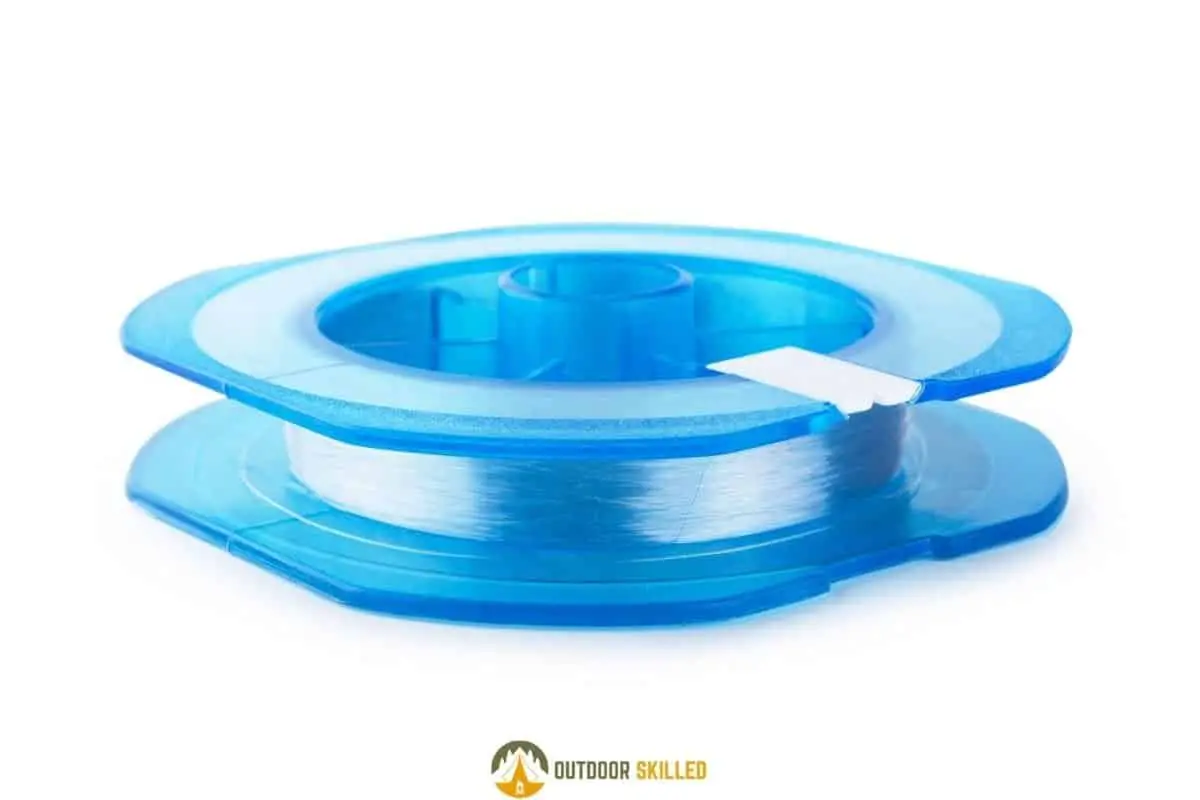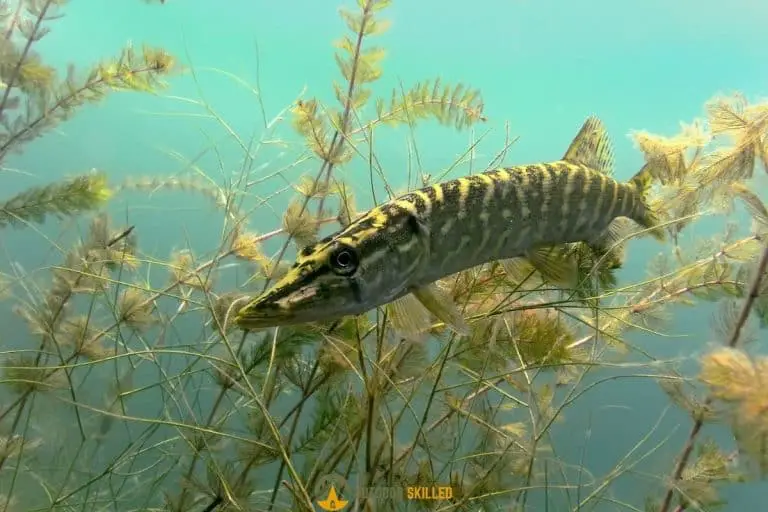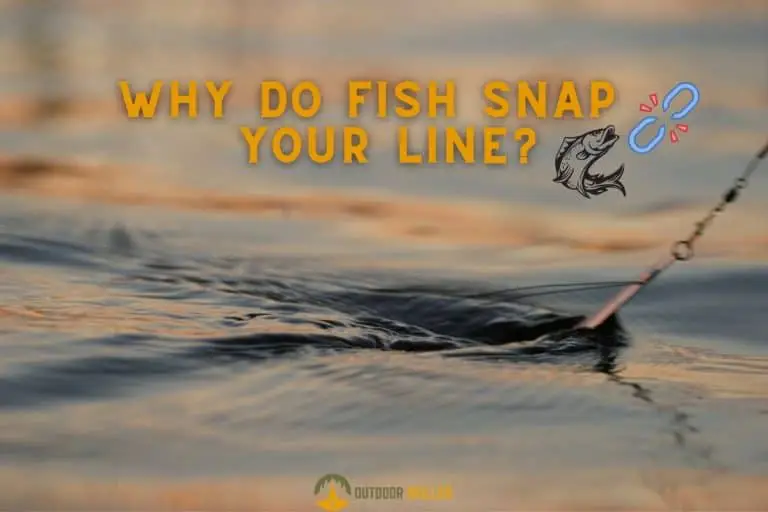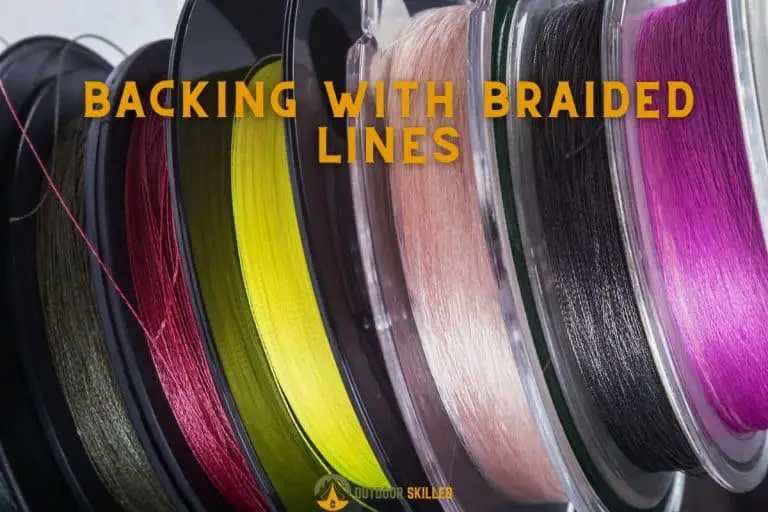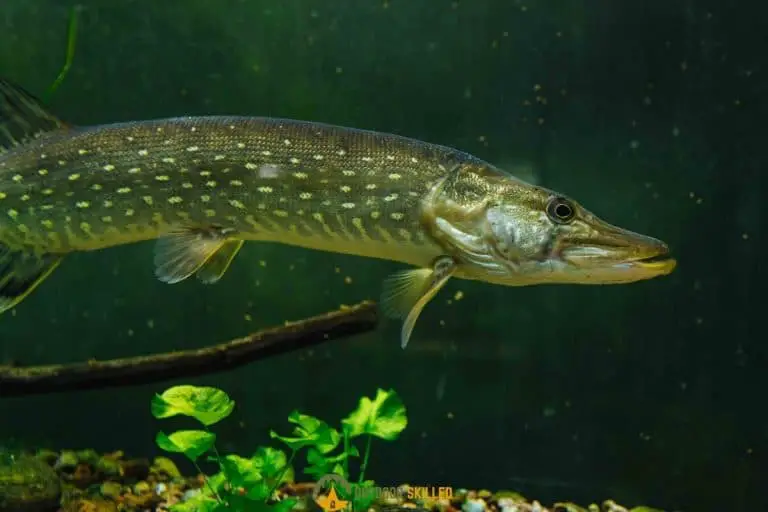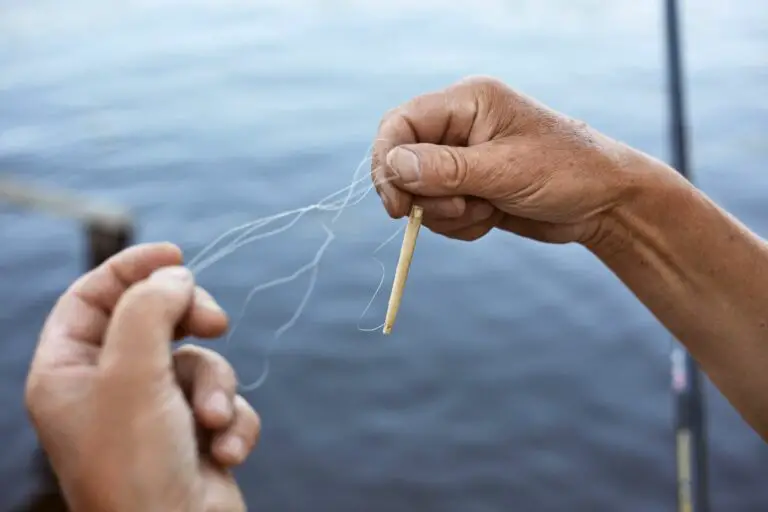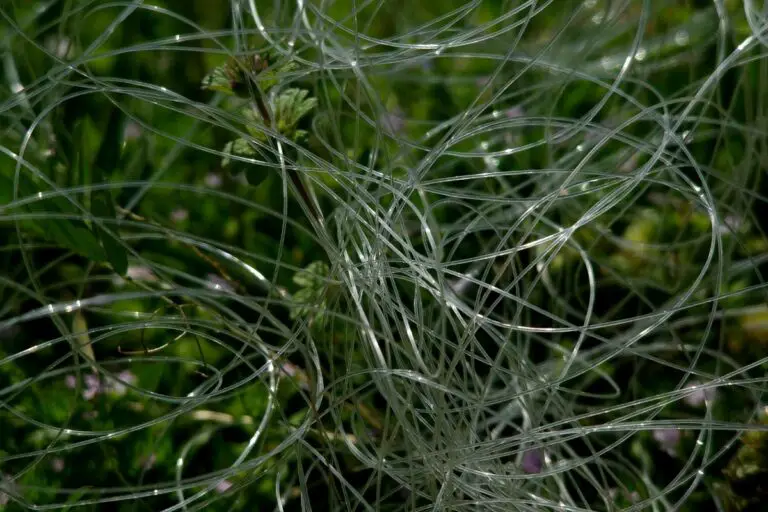Why Does Fluorocarbon Line Break So Easily? The Advantages and Disadvantages of Fluorocarbon lines
Fluorocarbon lines are becoming a popular choice among anglers. For all its benefits, it’s considered a worthy upgrade from monofilament. But anglers still face some issues with it, such as line breaking.
So, why does fluorocarbon line break so easily? Fluorocarbon breaks so easily because it is a lot stiffer than other types of fishing lines, which makes them more prone to breaking. Fluorocarbon lines also have a weak knot strength, so knots should only be tied up when the line is wet to avoid breaking the line.
To learn how to make them less prone to breaking, keep reading. Making the right choice also can make a huge difference, and you can check the best fluorocarbon lines here.
Table of Contents
What Are the Advantages and Disadvantages of Fluorocarbon lines?

Fluorocarbon lines are made of a single strand from a material called polyvinylidene fluoride. Its chemical structure gives it unique properties, which makes it a popular choice among many anglers.
Like all other types of fishing lines, it has advantages as well as disadvantages. Choosing to use Fluorocarbon lines depends mainly on your preference and budget. You can learn more about how to pick a fishing line here.
Now, let’s take a look at the advantages of using a Fluorocarbon line:
- It has low visibility – It is known to be much harder to see in the water than monofilament, as it has nearly the same refractive index as water. It can become almost invisible.
- It’s highly resistant to abrasion damage and UV light damage – Fluorocarbon is stronger and can last up to 4 times longer compared to monofilament lines.
- It’s more sensitive – Its structure makes it better at transmitting movement from one end of the line to the other.
- It doesn’t absorb water – This makes it more consistent in the way it behaves when fishing.
You can learn more about the benefits of Fluorocarbon lines here.
In order to make the best choice, it’s important to be informed of the disadvantages of fluorocarbon lines as well:
- It has low knot strength – Knot tying with fluorocarbon can be very critical. It needs to be tied only when the line is wet; otherwise, the line will break very easily.
- It’s the most prone to line twists – It has high memory, which results in tangles and twists.
- It’s more rigid – This can make it difficult to spool on a reel.
When and Where to Use Fluorocarbon Lines?
Knowing the properties of fluorocarbon lines should help you to understand more about when and where to use them.
- Fluorocarbon lines are highly recommended when fishing in clear water because of their low visibility. This also makes it a great option for stealth fishing.
- Fluorocarbon lines can be used for hard or cover hooks, and they are a suitable choice for leader material.
- Fluorocarbon lines are good for fishing in deep water because it sinks quickly.
- Fluorocarbon lines are considered to be an excellent choice when you’re using crankbaits, jerk baits, chatter baits, jigs, and swimbaits.
How To Properly Maintain Your Fluorocarbon Fishing Line?
Maintenance is important when it comes to any type of fishing line to avoid damaging the line and to make it last longer.
Here are some tips you can follow to help you reduce the risk of your fluorocarbon lines breaking:
- Make sure you’re storing your line properly. It’s recommended to store your line in a cool, dry place.
- Regularly check your fishing lines for any signs of damage from memory, as it causes frustrating tangles and twists.
- Be careful when tying your knots. Fluorocarbon lines should only be tied when wet. Not wetting the knot and clinching it creates friction and burning, which causes the fishing line to break.
- Regularly clean your line, particularly when fishing on saltwater. That is because the salt can make the fishing line stiffer, which may lead to a break-off. So, it’s recommended to wash it with soap for 15 minutes to remove all salt.
How Often Do You Need to Change Your Fluorocarbon Line?
Check the following table to learn how many times in a year you would need to change your fluorocarbon fishing line, depending on how much you use it:
| Heavy Use | Moderate Use | Light Use | No Use (Shelf Life) |
| 3 times a year | 1 to 2 times a year | Once a year | 7 to 10 years |
If you’re not sure whether your line needs to be replaced or not, you can do the pound test. Which basically indicates the most weight that a certain type of line can hold before breaking.
Here’s how you can do the pound test:
- Securely tie one end of your line to any fixed object and make sure that the object can handle more force than what you will put on the line.
- Let out about 20-30 feet of line, then start pulling.
- If the line breaks well before the weight, it should be able to handle it, which means it needs to be changed. If the line holds, then you can continue using it.
Related Questions
Does the Fluorocarbon line sink?
Fluorocarbon does sink at a much more rapid rate than any other type of line. That is because of their high density. This makes them a bad choice for surface fishing and an excellent choice for bottom fishing.
Can You Use Fluorocarbon as Mainline?
You can use fluorocarbon as your main line if your line test is under 8 lbs. If you use a line above an 8 lbs test, you’ll be facing a lot of problems, such as poor casting and tangles, which will hinder your performance. It’s also recommended to use backing for fluorocarbon to spool less of it on the reel and reduce cost.
Should You Soak Fluorocarbon Lines?
You should soak fluorocarbon lines. Since Fluorocarbon lines have high memory, soaking them in a bucket of warm water will help reduce tangles and ensure better casting performance.
What Knots Are Most Recommended for Fluorocarbon Lines?
The knots that are most recommended for Fluorocarbon lines are the Berkley braid knot or the Palomar knot. However, the key to tying a knot properly is to wet the line and to make sure that your knot is neat by avoiding incorrect overlapping.
How Often Should You Change Your Line?
It’s generally recommended to change your fishing line at least once a year. But this doesn’t mean that your fishing line can expire. Multiple factors can affect how often you should be changing your fishing line. It mainly depends on the type of fishing line and the frequency of use.
These Are The Fishing Lines I Absolutely Love
- After Testing endless brands and varieties, these are the best Fluorocarbon lines, these are the best Braided lines, and these are the best monofilament fishing lines.
- These are the best Ice Fishing Lines for your money
- These are the fly fishing lines that have never let me down.
- Targeting Trout? These are the best fishing lines for trout. For Bass, use these bass fishing lines.
- Not sure which fishing line to use? Check out these comparisons:
- Going Crappie Fishing? These Crappie Fishing Lines outperform everything else (and their price!)

